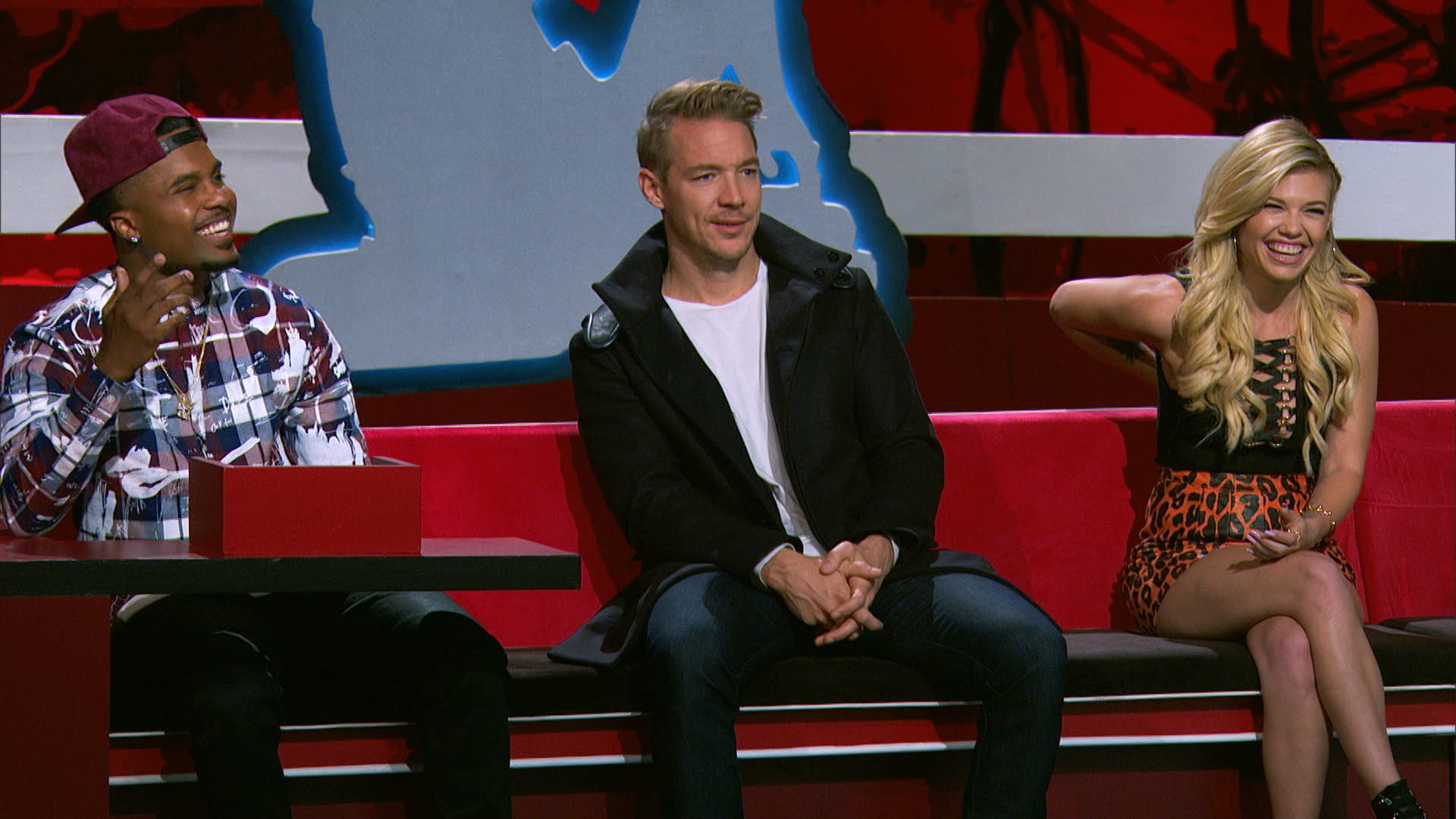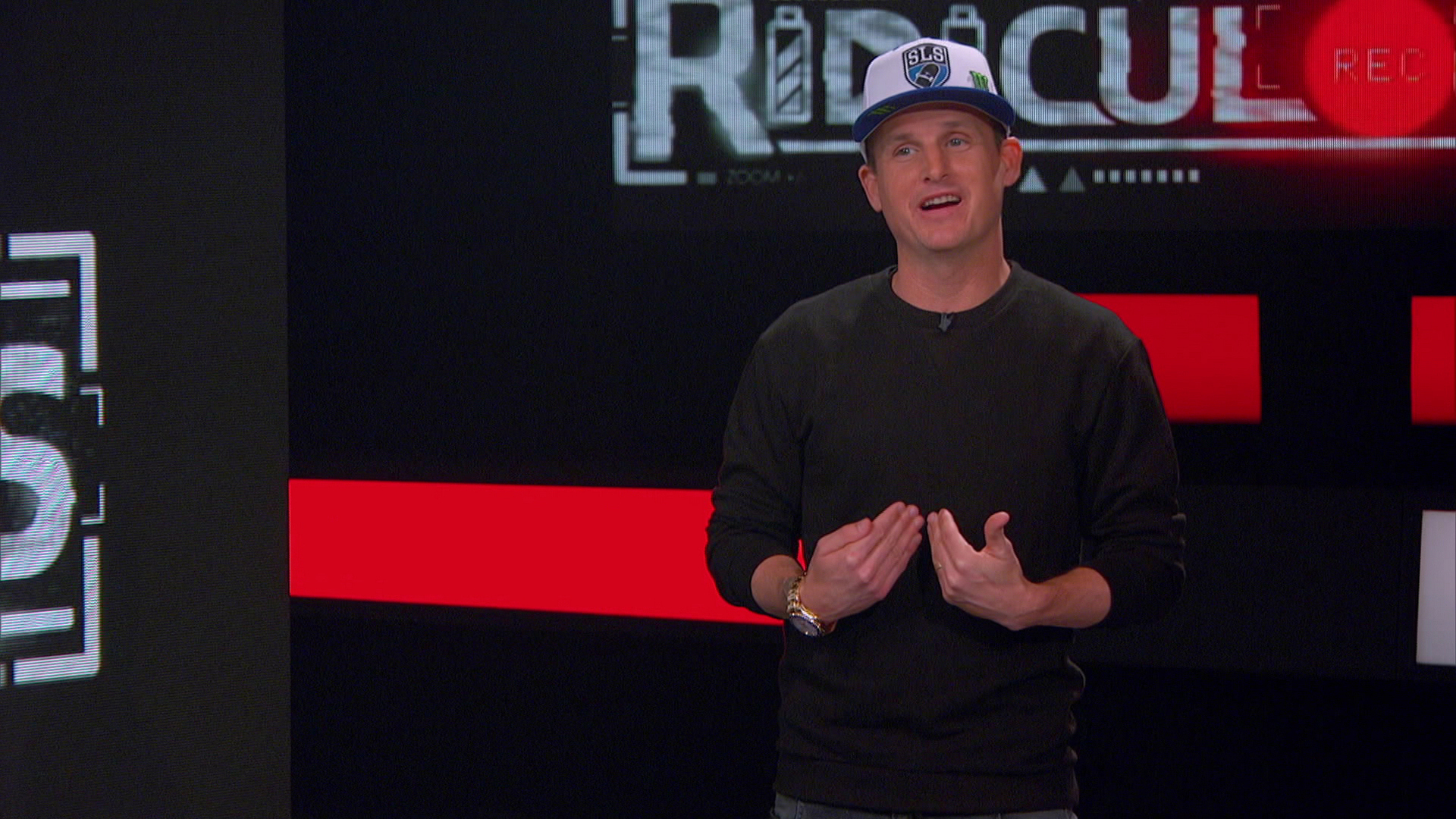Cast on ridiculousness has become a buzzword in the entertainment industry, often sparking debates among fans and critics alike. It refers to the decision to cast actors in roles that seem wildly inappropriate or absurd, given their background, appearance, or previous work. This phenomenon is not new but has gained significant attention in recent years due to its impact on storytelling and audience reception.
The entertainment world thrives on creativity and innovation, but sometimes, these creative choices can lead to decisions that leave audiences scratching their heads. The concept of cast on ridiculousness challenges the boundaries of traditional casting practices and raises questions about artistic freedom versus audience expectations. This article aims to explore the intricacies of this phenomenon, its implications, and its relevance in today's entertainment landscape.
By delving into various examples, analyzing the reasons behind such casting decisions, and examining the reactions of audiences and critics, we aim to provide a comprehensive understanding of cast on ridiculousness. Whether you're a fan, a critic, or simply someone curious about the entertainment industry, this article will offer valuable insights and perspectives.
Read also:Spotlight On Actresses Born In 1999 Rising Stars Redefining Hollywood
Understanding Cast On Ridiculousness
Definition and Key Concepts
Cast on ridiculousness refers to casting choices that defy conventional logic or expectations. These decisions often involve actors who are seemingly mismatched with their roles in terms of age, gender, ethnicity, or even physical appearance. Such casting can evoke strong reactions from audiences, ranging from disbelief to outright rejection.
While some argue that these choices are merely artistic liberties taken by directors and producers, others believe they undermine the authenticity and credibility of the narrative. The key question is whether these casting decisions enhance or detract from the overall storytelling experience.
Historical Context
The practice of casting actors in unconventional roles is not a recent development. Throughout the history of cinema and theater, there have been instances where casting choices defied norms and expectations. For example, casting a male actor in a traditionally female role or vice versa has been done for comedic or dramatic effect.
- Meryl Streep's portrayal of Margaret Thatcher in "The Iron Lady" was initially met with skepticism but ultimately won critical acclaim.
- Robin Williams' role as Mrs. Doubtfire challenged gender norms and became a beloved classic.
- Tom Hanks playing a woman in "Big" showcased the versatility of actors and the importance of breaking stereotypes.
Causes and Motivations Behind Cast On Ridiculousness
Artistic Freedom
Directors and producers often emphasize artistic freedom as a justification for unconventional casting. They argue that creativity should not be constrained by traditional norms and that casting decisions should be based on the actor's ability to bring depth and nuance to a character, regardless of surface-level attributes.
Marketing and Box Office Appeal
Sometimes, casting decisions are driven by market considerations. High-profile actors with a strong fan base may be chosen for roles that don't align with their usual typecasting to boost box office sales. This approach can lead to both success and backlash, depending on how well the actor fits the role.
Inclusivity and Diversity
The push for inclusivity and diversity in the entertainment industry has also contributed to instances of cast on ridiculousness. Efforts to cast actors from underrepresented groups in roles traditionally held by others can sometimes lead to controversial choices. While these decisions aim to promote equality and representation, they can also face criticism if not executed thoughtfully.
Read also:Raphael Alejandro Height A Comprehensive Guide To The Stars Measurements And More
Examples of Cast On Ridiculousness
Case Study: Johnny Depp as Tonto
Johnny Depp's casting as Tonto in "The Lone Ranger" sparked widespread debate. Critics argued that the role should have gone to a Native American actor, while supporters praised Depp's dedication to the character and his ability to bring a unique perspective to the role. This case highlights the tension between artistic choice and cultural sensitivity.
Case Study: Scarlett Johansson as Motoko Kusanagi
Scarlett Johansson's portrayal of Motoko Kusanagi in "Ghost in the Shell" faced significant backlash for whitewashing. The decision to cast a Caucasian actress in a role originally written for an Asian character raised questions about representation and the industry's approach to diversity.
Case Study: Adam Driver as Han Solo
Adam Driver's appearance as Kylo Ren in "Star Wars: The Force Awakens" led to some fans jokingly suggesting he could play Han Solo due to his resemblance to Harrison Ford. While this was meant humorously, it underscores how physical appearance can influence casting perceptions.
The Impact of Cast On Ridiculousness on Audiences
Audience Reactions
Audience reactions to cast on ridiculousness can vary widely. Some viewers embrace the unexpected casting, appreciating the fresh perspective it brings to the story. Others, however, may feel disconnected from the narrative or perceive the casting as a lack of respect for the source material.
Critical Reception
Critics play a crucial role in shaping public opinion about casting choices. Their reviews can either validate the decision or highlight its flaws. In many cases, critical reception influences whether a film or show succeeds or fails commercially and culturally.
Statistical Insights and Industry Trends
Data on Casting Trends
According to a study by the University of Southern California, over 70% of leading roles in Hollywood films are still dominated by white actors, despite increasing calls for diversity. This statistic underscores the challenges faced in achieving balanced representation in casting.
Impact on Box Office Performance
Research shows that films with diverse casts tend to perform better at the box office. A report by McKinsey & Company found that inclusive casting can increase global revenue by up to 20%. These findings suggest that casting decisions have a significant economic impact on the industry.
Legal and Ethical Considerations
Intellectual Property Rights
Casting decisions must often comply with intellectual property laws, especially when adapting works from other media. Creators of original content may have specific visions for their characters, which can limit casting flexibility. Balancing legal obligations with creative freedom is a delicate task.
Representation and Responsibility
The entertainment industry bears a responsibility to represent diverse voices authentically. Cast on ridiculousness can sometimes undermine this responsibility, leading to criticism from marginalized communities. Ethical considerations must guide casting decisions to ensure they align with broader societal values.
Future of Casting in the Entertainment Industry
Technological Advancements
Advancements in technology, such as CGI and motion capture, have expanded the possibilities for casting. Actors can now portray characters that defy physical limitations, opening up new avenues for creativity. However, these technologies also raise questions about the future of traditional acting and the authenticity of performances.
Changing Audience Expectations
As audiences become more diverse and informed, their expectations for casting are evolving. There is a growing demand for authenticity and representation in storytelling. The industry must adapt to these changing expectations to remain relevant and engaging.
Conclusion
In conclusion, cast on ridiculousness is a complex phenomenon that reflects the evolving nature of the entertainment industry. While it challenges traditional norms and pushes creative boundaries, it also raises important questions about representation, authenticity, and responsibility. By understanding the causes, motivations, and impacts of these casting decisions, we can appreciate their significance in shaping the future of storytelling.
We invite you to share your thoughts and experiences regarding cast on ridiculousness in the comments below. Your feedback is valuable and helps us continue to provide insightful content. For more articles on entertainment, culture, and beyond, explore our website and stay updated on the latest trends and discussions.
Table of Contents
- Understanding Cast On Ridiculousness
- Causes and Motivations Behind Cast On Ridiculousness
- Examples of Cast On Ridiculousness
- The Impact of Cast On Ridiculousness on Audiences
- Statistical Insights and Industry Trends
- Legal and Ethical Considerations
- Future of Casting in the Entertainment Industry


